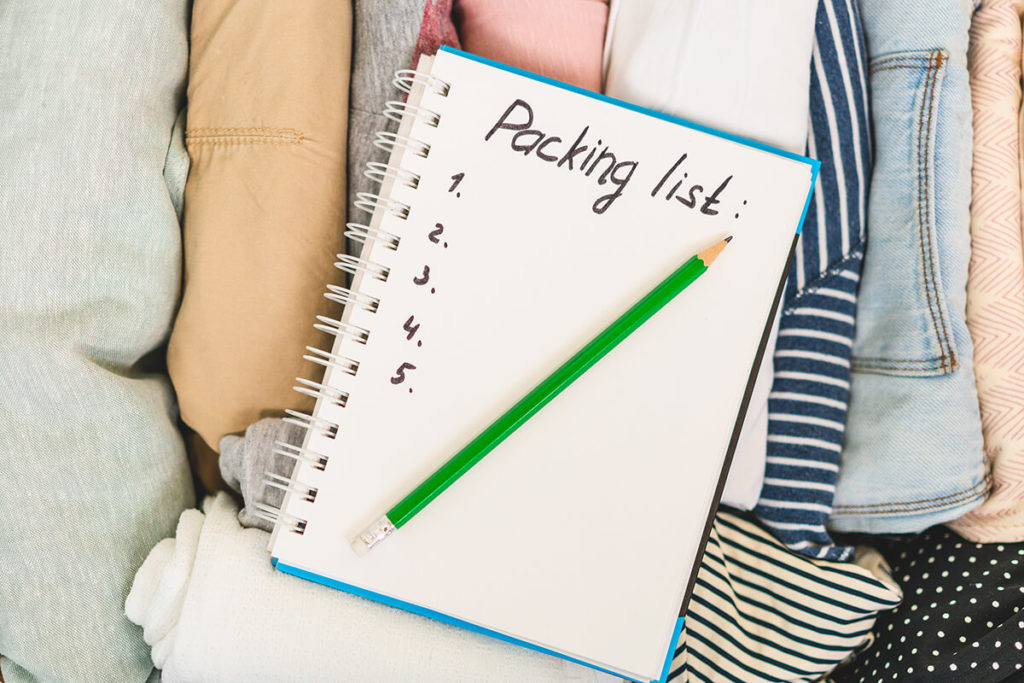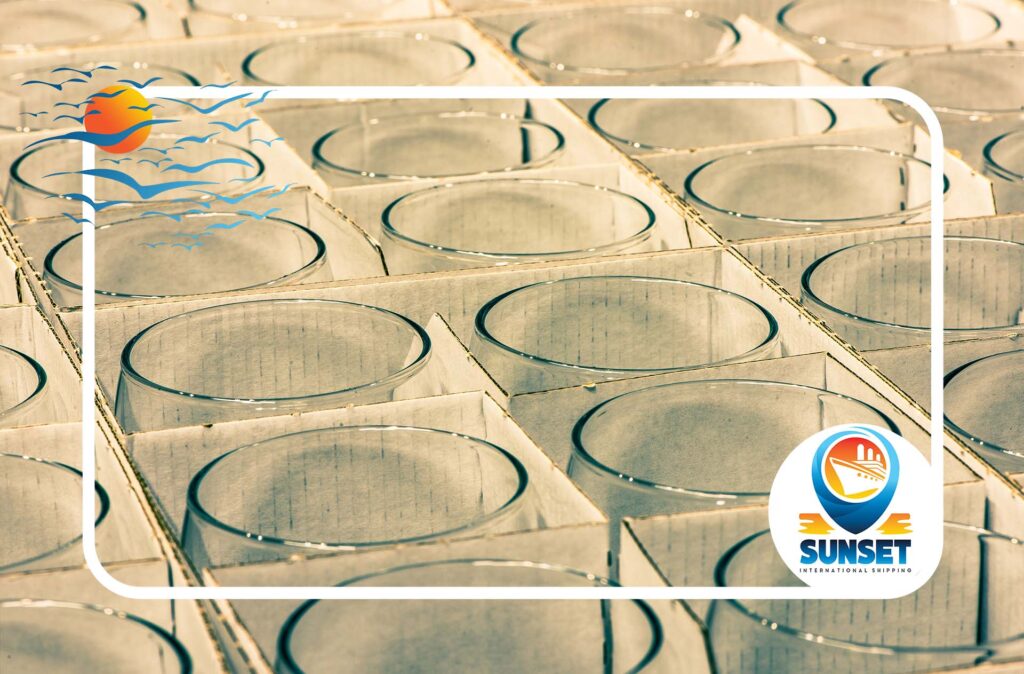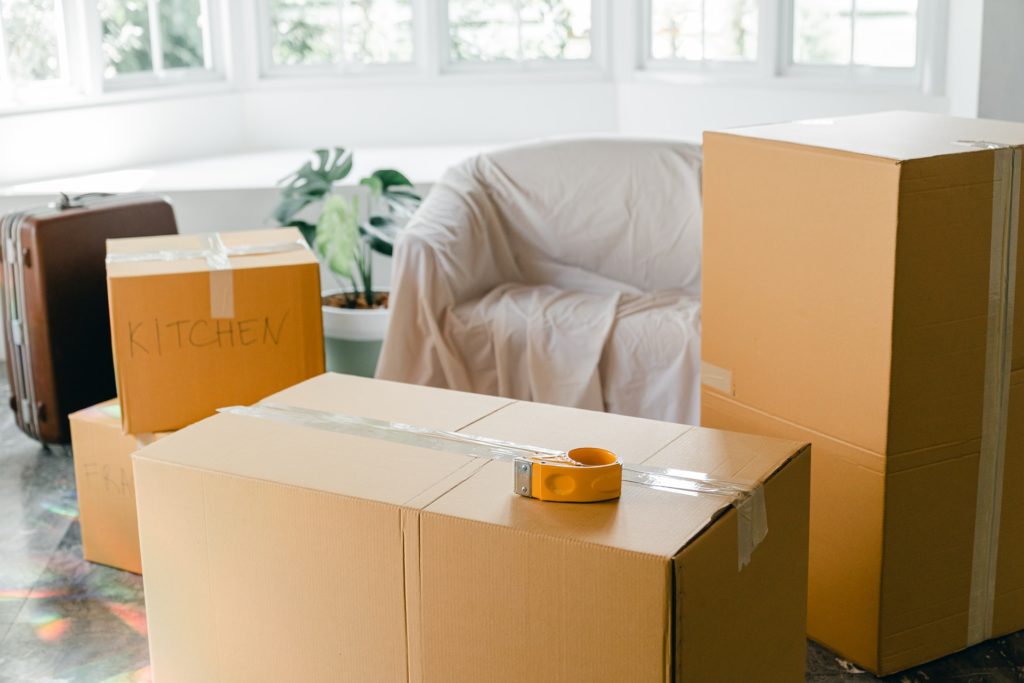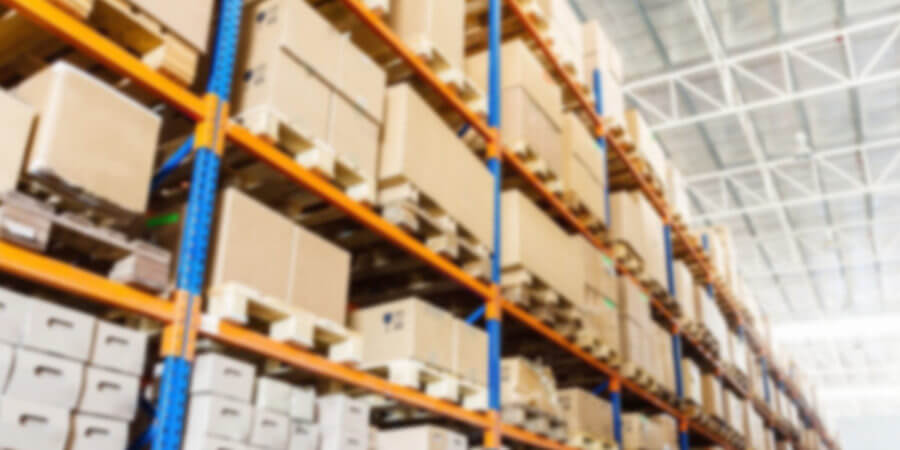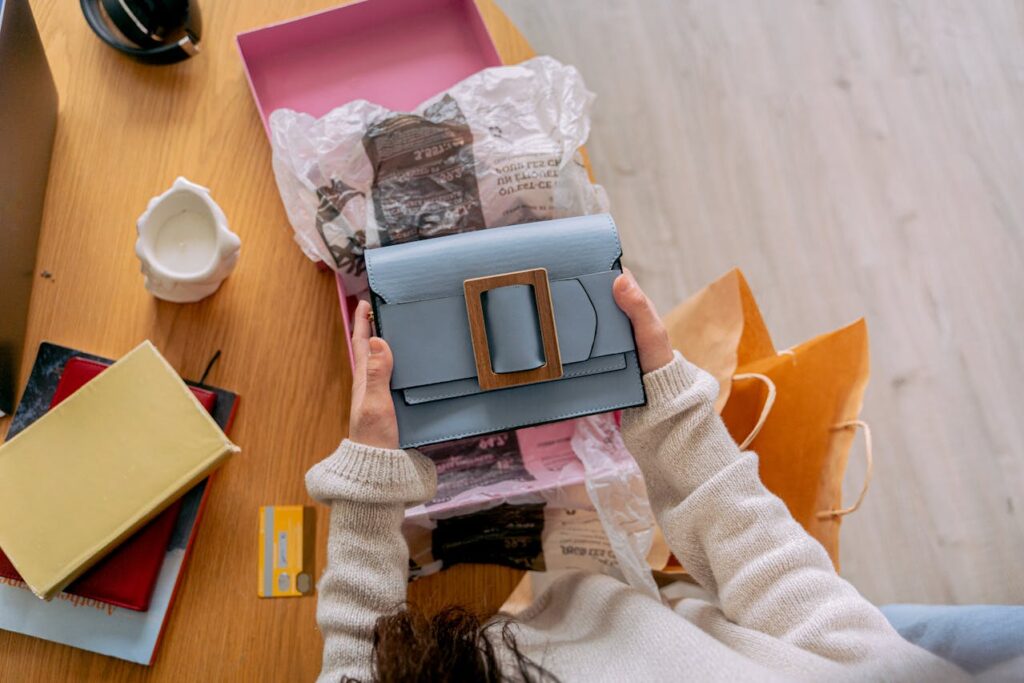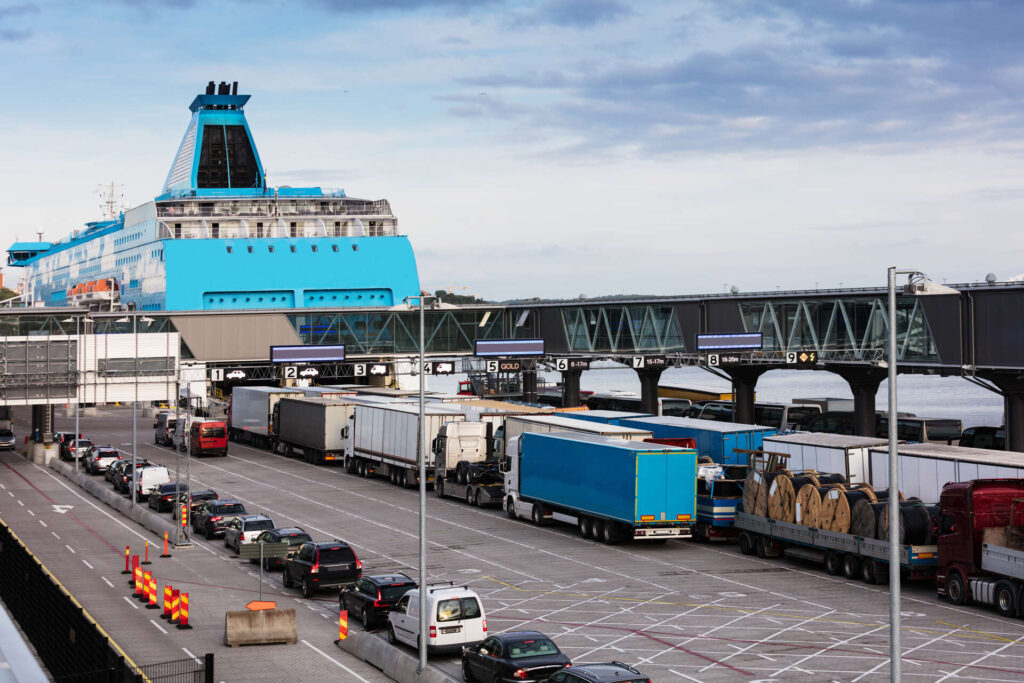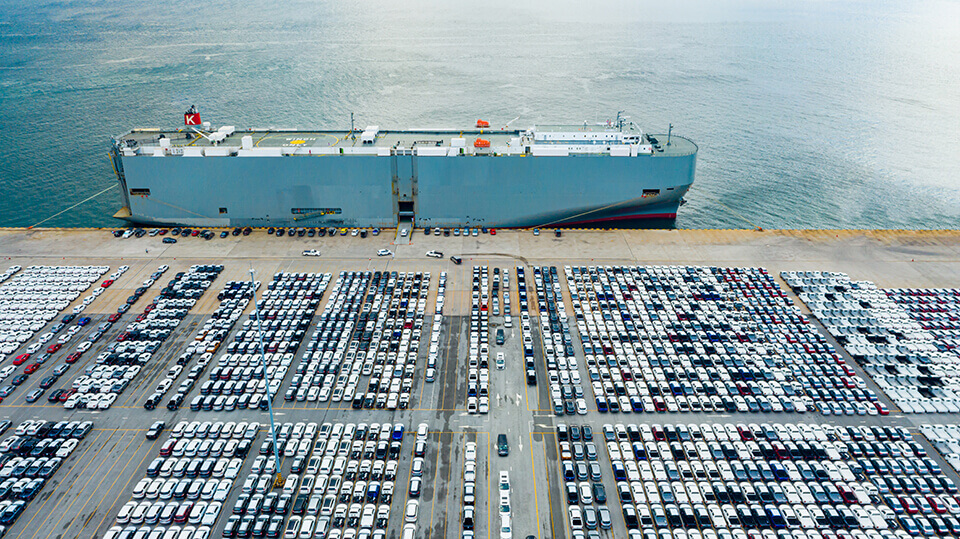Moving abroad can be an exciting adventure, but the thought of packing delicate items like plates may seem challenging. However, with the right approach and a few essential tips, you can ensure that your plates arrive at your new home intact and ready to be set up in your new kitchen. In this step-by-step guide on how to pack plates for moving, we will share expert techniques and practical advice to help you safeguard your precious dinnerware during the transition. So, let’s dive in and discover the secrets to secure and stress-free plate packing!
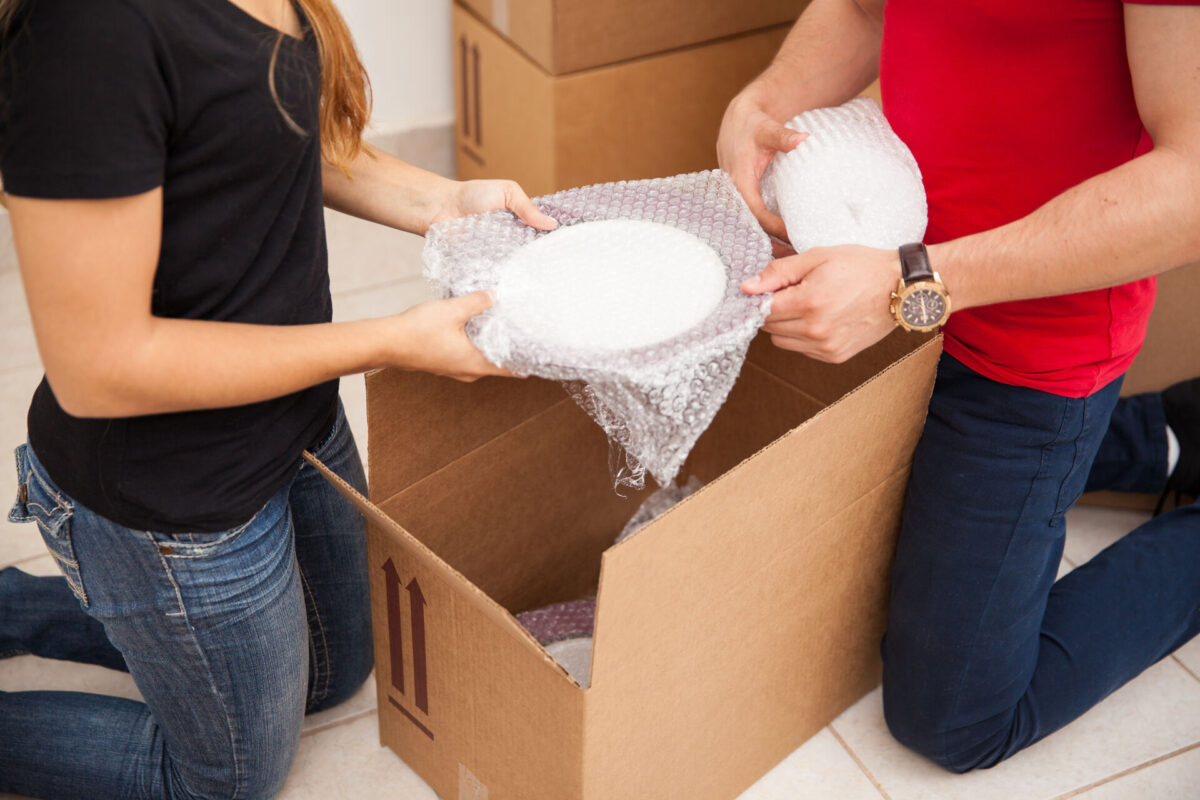

The best way to pack plates when relocating is to start by placing cushioning material at the bottom of a sturdy box. Stack dinnerware vertically, wrapping each one with paper or bubble wrap. Add more cushioning between layers and on top. Seal the box securely and label it as fragile.
Equip Yourself With the Right Tools for Packing Plates Successfully
To have an organized relocation or, even more important, to pack efficiently, you need to gather the right materials. By equipping yourself with the appropriate supplies, you can ensure the safety of your delicate dinnerware throughout the entire moving overseas process. Start by gathering sturdy boxes in various sizes, specifically designed for dishware.
Additionally, stock up on paper, bubble wrap, and foam sheets to provide ample cushioning. Here is a list of all the things you will need to box up dishes for overseas shipping:
- Sturdy moving boxes – Choose boxes specifically designed for dishware, preferably in various sizes to accommodate different plate sizes and quantities.
- Paper – Use plain newsprint or wrapping paper to wrap each plate individually. Avoid using newspaper as it may leave ink stains.
- Bubble wrap – Provide extra protection by wrapping bubble wrap around each wrapped plate. It helps absorb shocks and prevents damage from impacts.
- Foam sheets or dividers – Place foam sheets or dividers between dinnerware to create a cushioned barrier and prevent direct contact.
- Duct tape – Use strong duct tape to secure boxes and keep them tightly sealed during transit.
- Marker or label stickers – Clearly label the boxes as “Fragile” and indicate the contents as “Plates” to ensure careful handling.
- Scissors or box cutter – Keep a pair of scissors or a box cutter handy for easy access when assembling or opening boxes.
Prepare the Boxes for Moving Internationally
When international moving, it’s crucial to take extra precautions to ensure the safety of your belongings during the long journey. One of the first steps in preparing belongings for relocation across the world is to properly pack and secure your items in sturdy boxes. This helps protect them from potential damage and ensures they withstand the rigors of international shipping.
Depending on what kind of services you take when you choose an overseas moving company, your belongings will be shipped in various ways. Most companies will offer you two options when it comes to shipping – international relocation by sea or air. And no matter which option you choose, you need to know that your belongings will go through a lot of hands and customs, meaning you need to pack them properly.
You can always invest in packing services and have your movers pack everything by the book. But you can also invest in high-quality boxes specifically designed for international moves, ensuring they are durable enough to endure the handling and transport process. Keep in mind when shopping for movers that some companies offer special deals. For example, Sunset International Shipping will provide all the necessary supplies as part of its packing services.
Choose the Right-Sized Boxes for Shipping Overseas
Selecting the appropriate box size is essential when preparing for an international move. Opting for boxes that are too large can lead to items shifting during transit, increasing the risk of damage. On the other hand, using boxes that are too small may result in insufficient protection and compromise the integrity of your belongings.
Consider the size and quantity of dishware you’ll be packing and choose boxes that allow for a secure fit. It’s advisable to use smaller boxes for heavier items like ceramic dishes to prevent overpacking. This ensures the boxes are manageable and minimizes the risk of them becoming too heavy or breaking.
Reinforce the Bottom of Each Box With Extra Tape for Added Support
How to pack plates for shipping? Well, start by reinforcing the bottom of each box to provide extra support and prevent any potential accidents. Before placing any dishes inside, apply a strip of duct tape along the bottom seam of the box, both inside and outside. This extra layer of tape helps strengthen the box’s structure and reduces the risk of the bottom breaking or collapsing under the weight of the plates.
Reinforcing the boxes in this manner adds an additional layer of security, giving you peace of mind as your platters travel across long distances to their new destination.
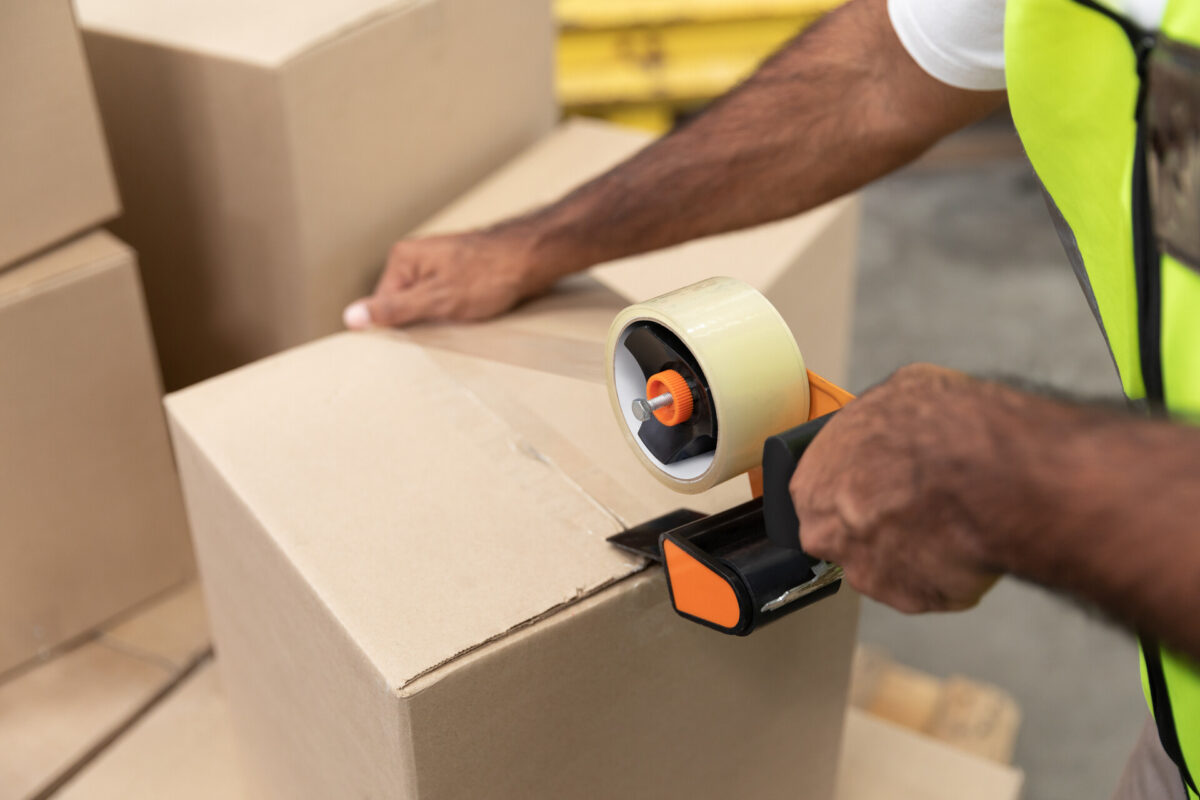

Wrap Each Plate Individually
When it comes to packing plates for moving, one crucial step is to wrap each plate individually. This may seem time-consuming, but it is highly important for ensuring the safety of your dinnerware during the move abroad. Wrapping each item separately provides several benefits.
Firstly, it protects against scratches and chips by creating a cushioning layer that prevents direct contact. Secondly, it minimizes clinking and movement, reducing the risk of breakage. Thirdly, it helps maintain the structural integrity of the plates, preventing warping or cracking. Lastly, individually wrapped dishes are easier to unpack and set up in your new home.
So, investing a little extra time in wrapping each plate pays off by providing the necessary protection to keep your porcelain safe and intact throughout the relocation abroad, ensuring you can enjoy them in your new home without any unfortunate surprises.
Safely Wrap and Protect Each Plate
To ensure the safe transportation of your plates, it’s crucial to take extra care when wrapping and protecting them. After placing a plate in the center of a sheet of paper or bubble wrap, fold the paper over one side, then fold the opposite side over the plate, ensuring complete coverage. Next, take the corners of the paper and fold them over the plate to create a secure bundle. Repeat this process for each plate. Additionally, consider placing a layer of bubble wrap or foam sheet between each wrapped plate for added cushioning. This helps prevent any potential impact or friction during transit, keeping your platters safe and intact.
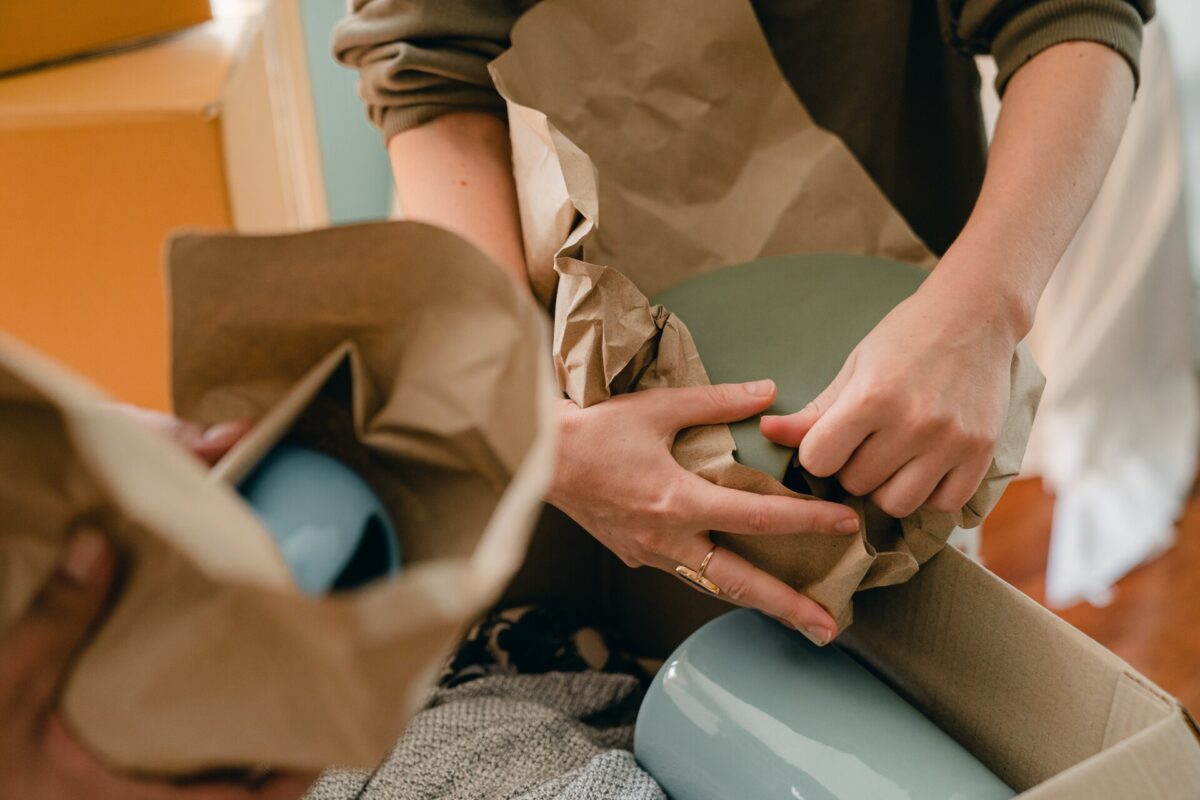

How to Pack Plates for Moving – Remember to Arrange Plates Correctly
Like with packing any fragile items, wrapping them and protecting them is not the only important thing you need to do – you also need to know how to arrange those items inside the box correctly. There are many tips, but one of the most important ones on how to pack plates is to place them vertically. This is both the easiest way to pack items and the safest. Here is a step-by-step guide on how to wrap and pack dinnerware inside the box.
| Steps | Instructions |
|---|---|
| Place heavier dinnerware at the bottom | Start by placing the heavier dinnerware at the bottom of the box vertically. These platters provide a sturdy foundation for the stack and help distribute the weight evenly. This arrangement prevents lighter items from being crushed under the weight of heavier ones. |
| Separate layers with additional paper or bubble wrap | After placing the first layer of plates, add a sheet of paper or a layer of bubble wrap on top. This extra cushioning prevents direct contact between the platters in different layers and adds an additional layer of protection. It helps absorb any shocks or impacts during transportation, minimizing the risk of breakage. |
| Finish with a final layer of packing material | Once all the platters are stacked, place a final layer of paper or bubble wrap on top. This acts as a protective barrier and provides additional cushioning for the top layer of plates. |
Fill Empty Spaces for Safe Moving Overseas
When preparing ceramic for a safe overseas move, it’s crucial to fill any empty spaces within the box to prevent movement and potential damage. One effective method is to use crumpled packing paper or bubble wrap as filler material. After individually wrapping each plate, carefully place them in the box, ensuring a snug fit. Any gaps between the dishes should be filled with crumpled paper or bubble wrap to provide additional cushioning and eliminate movement during transit.
Seal and Label the Box
Sealing the box securely with packing tape and labeling it as “Fragile” or “Handle with Care” are crucial steps when packing plates for moving. By sealing the box with packing tape, you ensure that it remains closed and secure during transit, reducing the risk of items shifting or falling out. It provides an extra layer of protection for the plates and helps maintain the integrity of the packaging.
Labeling the box as “Fragile” or “Handle with Care” communicates to movers and handlers that the contents are delicate and require special attention. This alert prompts them to handle the box with care, minimizing the risk of mishandling or rough handling that could lead to damage. Proper sealing and labeling contribute to a safer moving experience, protecting your plates and increasing the likelihood of their safe arrival at your new destination.
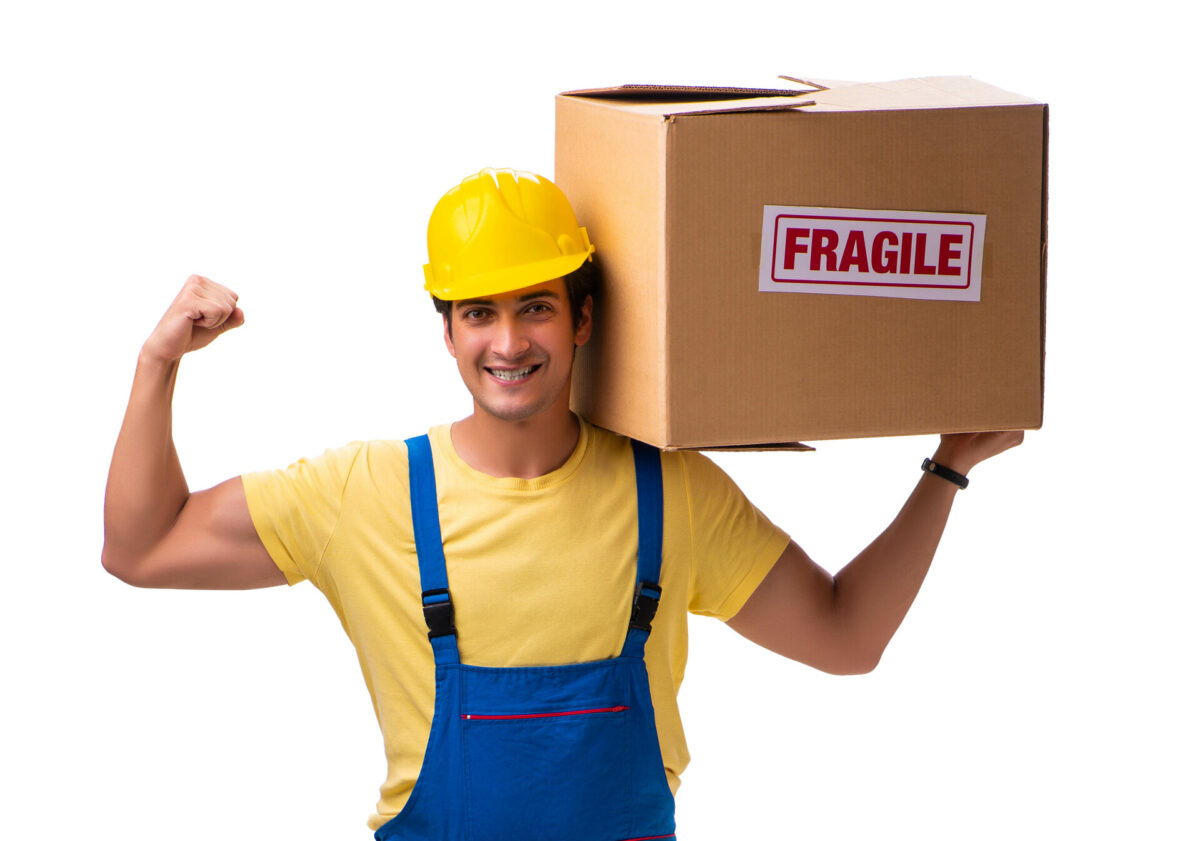

Trusting the Experts: Safeguarding Fragile Items with Professional Movers
No matter what your reasons to move are, one thing is for sure your relocation stress will be through the moon, especially since you are planning to move and live in an entirely different country. You will have a lot of preparations and things you need to arrange before you move, and arranging your plates in the box will seem like the least important thing, which will eventually lead to broken dishes in your new home.
Avoid classic mistakes people make and outsource some of the tasks to professionals. You will, either way, hire movers for transportation and logistics. Why not make your move a bit easier and hire them for packing services as well?
Benefits of Hiring an International Moving Company
There are numerous benefits to hiring an international moving company when it comes to relocating your belongings, including fragile items. First and foremost, an overseas shipping company has the expertise and experience to efficiently and safely handle your fragile possessions.
Additionally, professional movers have access to specialized packing materials and techniques that are specifically designed to protect fragile items during transportation. They can provide custom crating services tailored to your specific needs, ensuring the safe and secure transport of your fragile plates.
Furthermore, you can save time and reduce stress by leaving the complex logistics and coordination to the professionals. They will take care of the packing, shipping, and delivery, allowing you to focus on other aspects of your move. Lastly, many reputable international moving companies offer insurance coverage, providing you with financial protection in case of any unforeseen damages or losses.
Master the Art of Plate Packing for a Seamless Move
Mastering the art of plate packing is essential for a seamless international move. By following the tips in this guide, you can protect your delicate plates throughout the journey. However, for added convenience and reliability, consider hiring Sunset International Shipping. With our expertise, specialized packaging solutions, and comprehensive services, we will ensure the safe arrival of your fragile items.
Trusting Sunset International Shipping saves you time, reduces stress, and guarantees the utmost care for your cherished plates. Contact us today to make your international move worry-free and seamless.
FAQ
While a newspaper can be used as a cost-effective alternative, it is not recommended for packing plates. Newspaper ink can transfer onto your plates, leaving stains. Packing paper or bubble wrap provides better protection against scratches and damage.
It is generally recommended to stack plates vertically or on their edges when packing. This distributes weight evenly and reduces the risk of breakage. Horizontal stacking can increase pressure and make plates more susceptible to damage.
The number of plates you can safely put in one box depends on their size, weight, and fragility. It is best to avoid overpacking to prevent damage. As a general guideline, aim for a manageable weight and ensure there is enough cushioning between plates to minimize the risk of breakage.
Labeling each plate individually may not be necessary. Instead, focus on properly labeling the box as “Fragile” or “Handle with Care” to alert movers of the delicate items inside. However, if there are exceptionally fragile or valuable plates, individual labeling can provide an extra layer of safety.

